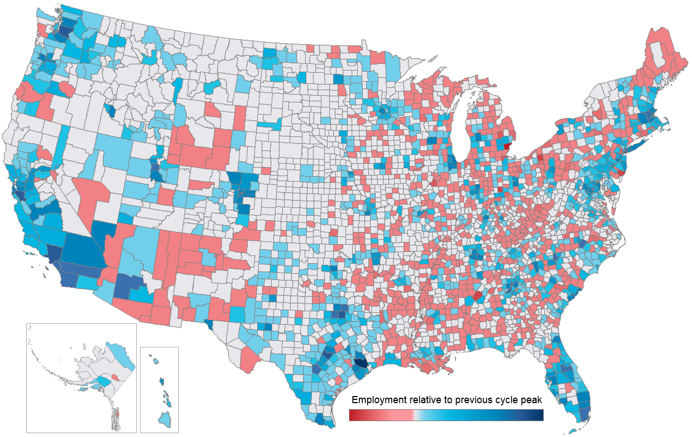

*If the economy is out of equilibrium, the economic pie may shrink or grow in the next round. *A completed circular flow does not imply that the economic pie will stay the same size in the next round. *Investment, government purchases, and exports are injections into the spending stream. *Saving, net taxes, imports are leakages from the spending stream. The circular flow diagram is a visual model of the economy that shows how dollars flow through markets among households and firms. If the imports exceed exports, the trade deficits may also be recycled back to the domestic financial markets to fund spending from the government, households or firms.

This leakage is recycled back to the domestic economy when it exports to the outside world. When the domestic economy imports from the outside world, payments for imports represent leakage from the domestic spending stream. Let's open up the economy to the foreign economies. If the government runs a deficit, it must also borrow from the financial markets. But the government can be depended upon to recycle net taxes back to the spending stream via the factor markets and the product markets. What about the government? Don't taxes also represent leakage from the spending stream? We indicate this drain "net taxes" because the government also transfers payments to the households. When the firms spend the investment funds in the product markets, the leakage from the spending stream is recycled back to the circular flow. The red arrows represent leakage from the circular flow. So we need financial markets to channel household saving to the firms for investment. But households may not spend all their income on current consumption and firms do invest for future production. In this diagram, everything that is produced is devoted entirely to current consumption and firms do not invest at all for future production. Let's concentrate on the circular flow of money payments in this closed economy. So the circular flow of payments and products is now completed. In return, firms receive payments from households. In return, firms pay households for the factor services.īut in order to pay the households, firms must sell their output via the product markets to the households. Households provide factor services via the factor markets to the firms. And these two sectors are linked by two markets, the factor markets and the products markets. Let's us assume there are two sectors to start with in a simple closed economy namely, the households and the firms.

Decrease in GDP growth means that the output of an economy is still growing but at a slower rate.The circular flow diagram captures the big picture of how different sectors of an economy are connected to one another by flows of money and goods. Decrease in GDP means that output of an economy is actually falling. You must also know the distinction between a decrease in GDP and a decrease in GDP growth. Increasing government expenditure and shrinking tax revenue.Recession occurs when GDP falls for at least two consecutive quarters, hence takes place shortly after booms/peaks (right when GDP begins decreasing):.Growing tax revenue (possibly falling government expenditure on e.g.Recovery takes place after troughs right when GDP starts growing again:.Shortage of factors of production (most probably labour).The business cycle also known as the trade cycle shows growth of an economy around the long term trend (dashed line) measured by changes in GDP.Ĥ facts to know about the business cycle:
#CIRCULAR FLOW DIAGRAM ECONOMICS DEFINITION FULL#
The income in the circular flow is always equal to the national income, however this equilibrium does not necessarily mean the economy is at full employment. Income going into the flow is called injections and income going out of the flow is known as leakages.Įquilibrium of national income is reached when (planned) Injections = (planned) Leakages.


 0 kommentar(er)
0 kommentar(er)
